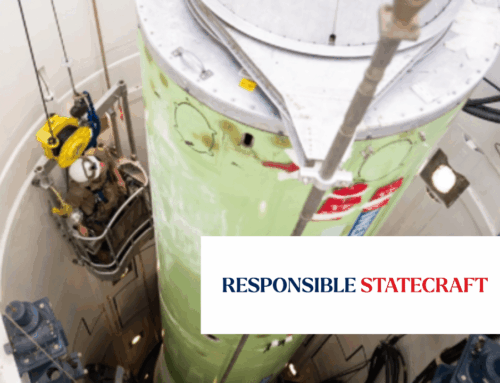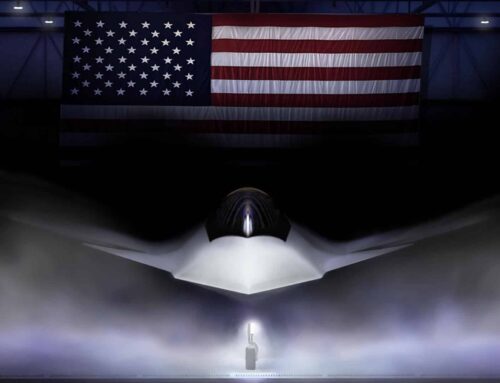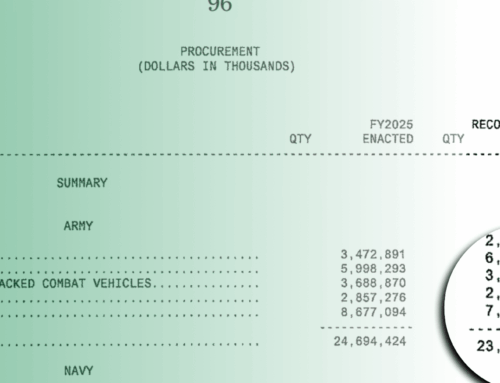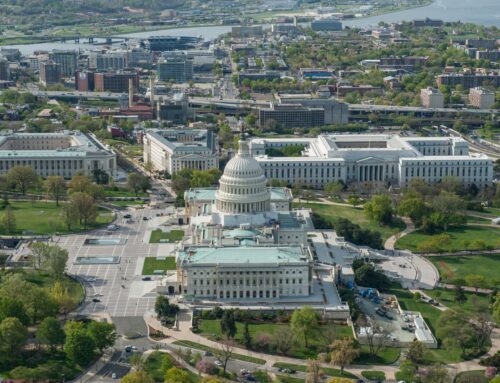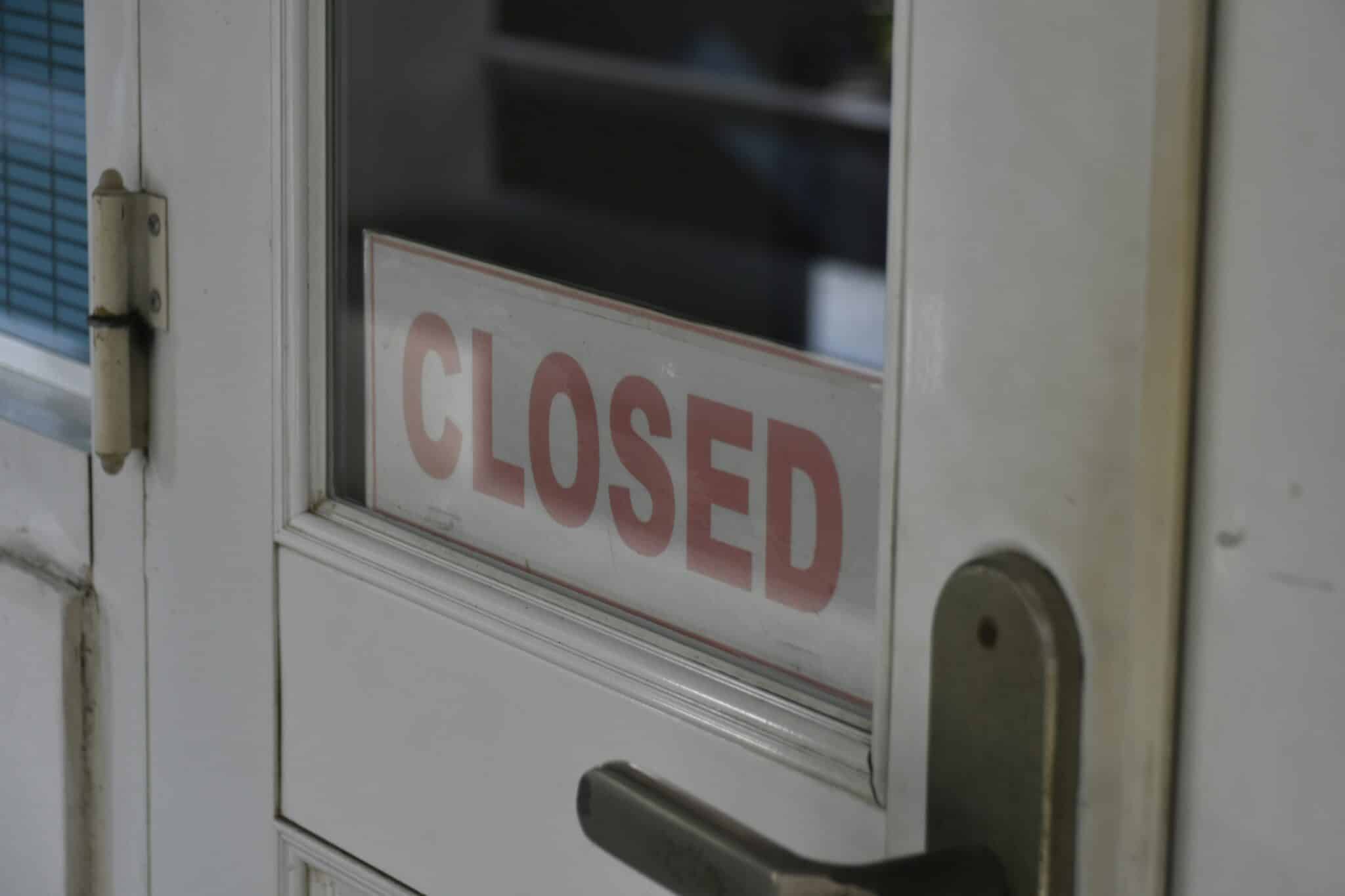Even prior to 9/11, the commercial aircraft line of Boeing, America's second-largest defense contractor, was sputtering. Politicians, particularly those from Washington State-the home to Boeing's commercial airline division-were trying to help Boeing find a market for their planes. During the post 9/11 bailout bonanza, someone came up with the brilliant idea of replacing the Air Force's refueling tankers with retrofitted 767s that could be leased from Boeing for billions.
Fortunately, eagle-eyed senators and watchdog groups noticed the deal and are exposing it. This week, General Accounting Office (GAO) officials testified at the first of several congressional hearings that the current tanker fleet may not need to be replaced as fast as some pro-Boeing lawmakers want.
The reason for the lease is that Boeing's mid-sized jets-the 757 and 767-have fetched just eight orders in the last two years, as the economic downturn, post-9/11 plunge in air travel and competition from Airbus have put the massive conglomerate's commercial aircraft wing in jeopardy. Meanwhile, Boeing is gearing up to begin the production of the 7E7 mid-sized commercial jet. States and regions have been bidding for the project, and Washington State even offered the company a $3.2 billion tax break if it builds the facility there. In other words, politicians are flat-out desperate to curry favor with Boeing.
Nobody really knows who came up with the lease idea, though most agree it originated some time shortly after 9/11 when the willingness to spend money on defense was nearly limitless. In any case, Senators friendly with Boeing-and there are a lot of them since the company doled out more than $1.5 million in donations during the 2002 elections-suggested to the Pentagon that they would appropriate the money to replace the tankers with leased converted 767s. Leasing presented several advantages for Boeing, specifically money up front for the 767s and more money than for an outright sale: $16 billion for 100 767s and an additional $4 billion if the Air Force decides to buy the planes at the end of the lease.
At first, the Pentagon didn't know what to make of the offer. As recently as 1996, the Air Force announced that it would not require any additional tankers for the foreseeable future and would begin the acquisition process around 2013. Since then, it has not completed any additional studies into replacing the aging KC-135, which is a military version of the Boeing 707 built in the 1950s and 60s. The GAO testified that even though the planes were old, they would not reach their flight hour limits until 2040.
Future hearings will explore the workings of the lease deal, which would be unique in military acquisition history in that it would allow the creation of special-purpose entities-shell companies that were made famous by Enron-to float $17 billion in bonds to buy the planes from Boeing, and then to lease them to the Air Force. It's all a tricky way to avoid the reasonable Pentagon budget rules that say the Air Force would need to demonstrate it has all the money required to buy the planes in the first year.
We will not quibble with the importance of modernizing the Air Force tanker fleet. The question is how fast and at what cost. Yes, the current fleet is old, but most haven't even flown half of the maximum flight hours. The lease is only for 100 aircraft, but the tanker fleet exceeds 500. The Air Force does not have the money to purchase new tankers, unless it cuts other wasteful projects, such as the F/A-22, from its budget. The logical beginning is to fully examine our need for new tankers and to identify the most cost-effective and safe way to advance the tanker fleet into the 21st Century. An overpriced lease that would make even a crooked used car salesman blush just won't cut it. It's okay if politicians want to pucker up to Boeing, as long as we're not kissing taxpayer dollars goodbye.

